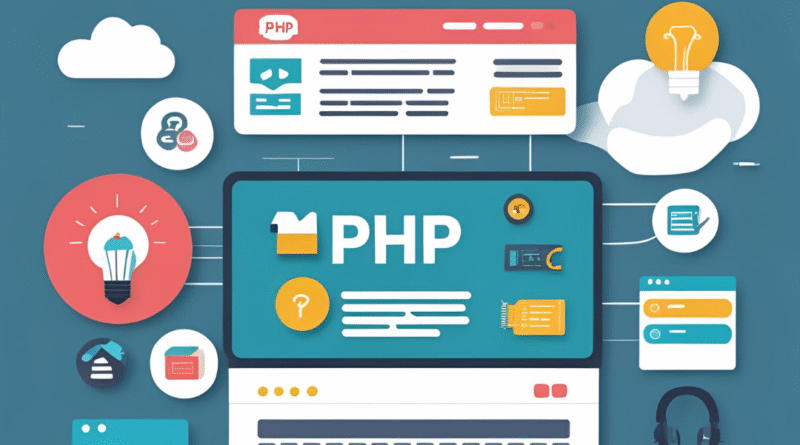Introduction to PHP:- Why use PHP?
Welcome to the exciting world of PHP! If you’re just starting your journey into web development, or even if you’ve been around the block a few times, understanding the tools at your disposal is key. And when it comes to server-side scripting, PHP is a name you’ll hear a lot. So, let’s dive into what PHP is and, more importantly, why it continues to be a go-to choice for developers worldwide.
What Exactly is PHP?
At its core, PHP stands for “PHP: Hypertext Preprocessor.” It’s a widely-used, open-source scripting language designed specifically for web development. Think of it as the brain behind many websites, handling tasks that your browser can’t, like interacting with databases, processing user input from forms, and generating dynamic content on the fly.
So, Why Should You Consider Using PHP?
Here’s why PHP has remained a stalwart in the web development landscape:
- Open-Source and Free: One of PHP’s biggest advantages is that it’s completely open-source. This means it’s free to use, distribute, and modify. For individuals and businesses alike, this translates into significant cost savings, making it an incredibly accessible entry point into web development. You don’t need to purchase expensive licenses, allowing you to focus your resources on building amazing things.
- Cross-Platform Compatibility: Whether you’re running Windows, macOS, or a flavor of Linux, PHP plays nicely with all of them. This cross-platform nature means you’re not tied down to a specific operating system for your development or deployment environment. Your PHP code will run consistently across different servers, offering flexibility and ease of deployment.
- Seamless HTML Integration: This is where PHP truly shines for web developers. Unlike some other server-side languages, PHP code can be embedded directly within your HTML. Imagine writing your HTML structure, and then simply dropping in PHP tags (
<?php ... ?>) to add dynamic functionality. This tight integration makes it incredibly intuitive to generate dynamic web pages, personalize content for users, and manage form submissions without complex workarounds. It streamlines the development process, allowing you to create interactive and data-driven websites with relative ease. - Vast Community and Resources: Because PHP has been around for a long time, it boasts an incredibly active and supportive community. This means if you ever run into a problem or need guidance, there’s a wealth of online resources, forums, and tutorials available. From official documentation to community-contributed code snippets, help is usually just a quick search away. This rich ecosystem accelerates learning and problem-solving, making your development journey smoother.
- Extensive Database Support: Websites often need to store and retrieve information. PHP offers robust support for a wide array of databases, including popular choices like MySQL, PostgreSQL, SQLite, and many others. This makes it straightforward to build data-driven applications, e-commerce sites, and content management systems (CMS) that rely heavily on database interactions.
- Scalability and Performance: PHP has evolved significantly over the years, with continuous improvements in performance. Modern PHP versions are surprisingly fast and efficient, capable of handling high traffic loads. Major websites and applications rely on PHP, demonstrating its ability to scale and perform under pressure.
In essence, PHP offers a powerful, flexible, and cost-effective solution for building dynamic and interactive websites. Its ease of integration with HTML, coupled with its open-source nature and widespread support, makes it an excellent choice for both beginners and experienced developers looking to create robust web applications. So, if you’re ready to bring your web ideas to life, giving PHP a try is a fantastic place to start!



